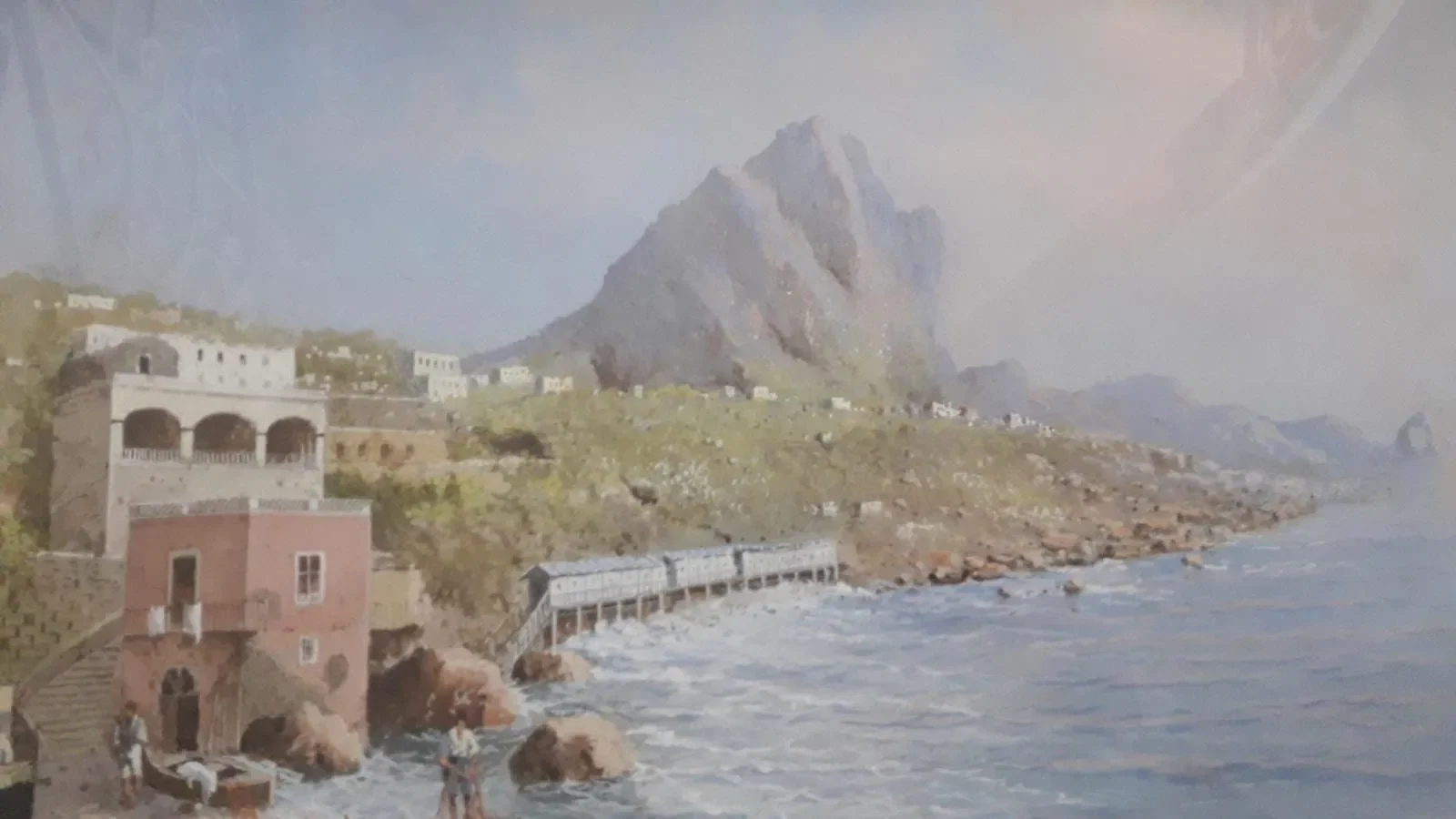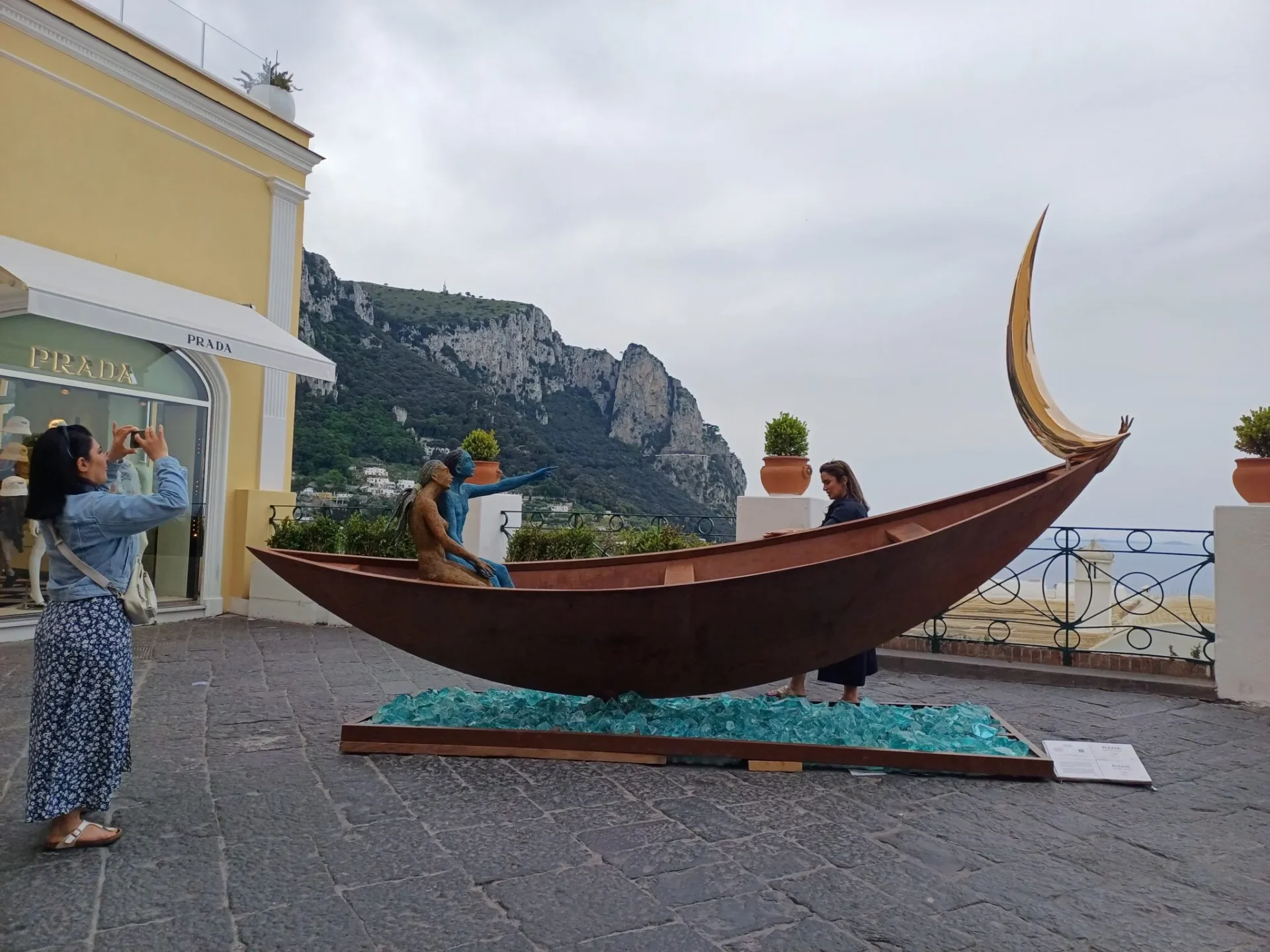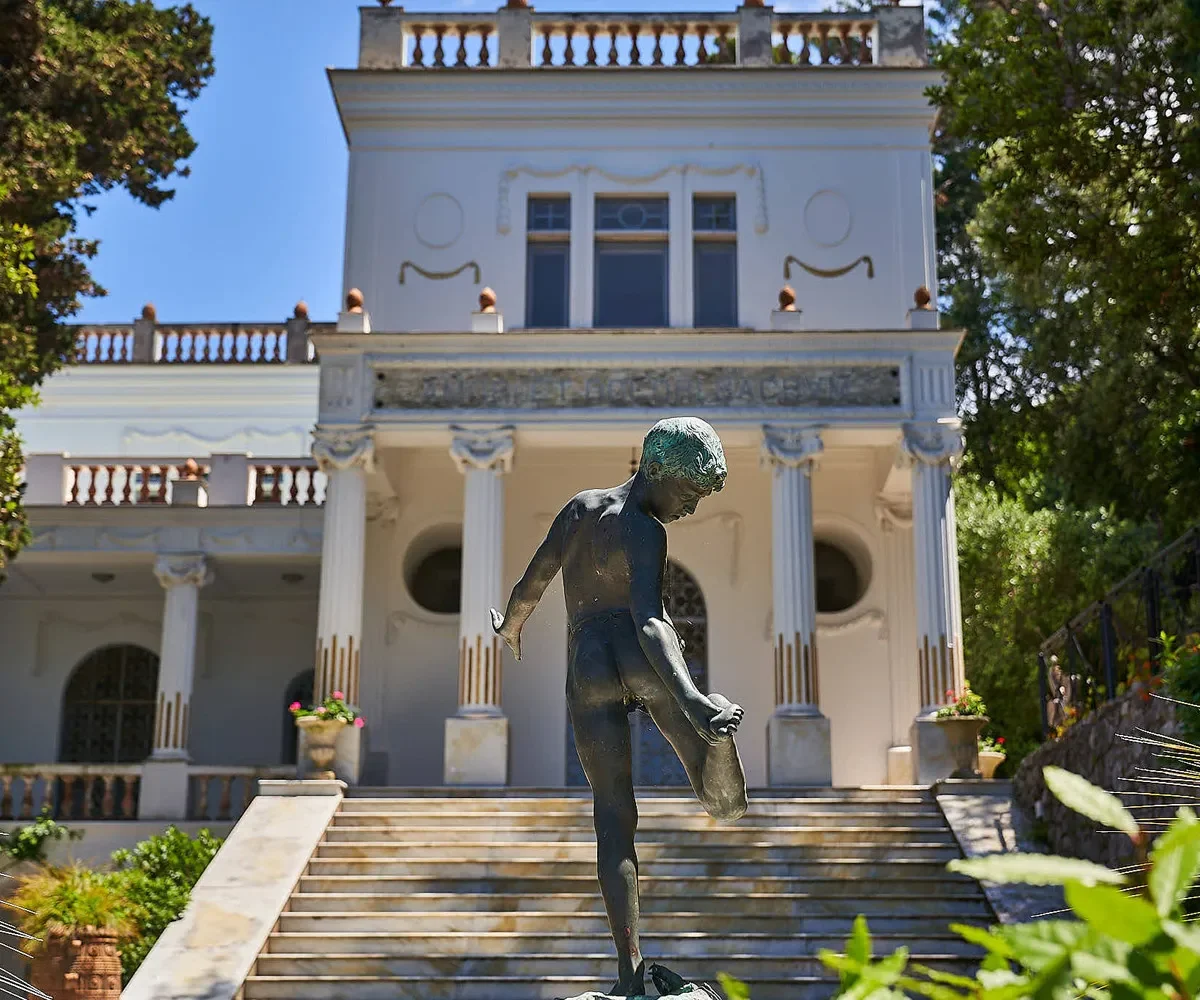The legend of the Sirens in Capri is one of many stories that sailors or navigators of the past passed on from father to son about these mythical figures.
One of these is not born from a local “story”, but from one of the most famous works in the world.
In Homer’s Odyssey, the Greek poet tells of Ulysses’ encounter with the Sirens, or rather their illusory existence.
Odysseus, the Greek hero magnified by Homer, during his long journey back to his beloved island of Ithaca, of which he was also ruler, according to the poet will pass by a territory surrounded by the sea that many experts and scholars have made coincide with the island of Capri.
The protagonist of the Odyssey, after a long time spent on the island of Circe, partly voluntarily and partly subjugated by the magical arts of the woman, from which he will be freed thanks to an antidote given to him by Hermes, will be able to take back the sea and aware of having to confront with the dangerous Sirens, on the advice of the same sorceress, will devise a device that will allow him to pass unscathed the inevitable passage next to the infamous rock by being tied to a pole of his boat, because determined to listen to their melodious singing, but mortal and to be delighted by their extraordinary beauty without having to run into the tragic fate that other sailors not as aware as him have met and at the same time safeguarding the lives of his men by ordering them to cover their ears with wax.
The mythology tells that the Sirens: Partenope, Ligea and Leucosia, prostrated by the insensitivity of Ulysses to the charm of their song threw themselves into the sea where they turned into rocks. And it was precisely the dying body of Parthenope that, according to an ancient belief, gave birth to the Island of Capri which, observed from afar, seems to have the shape of a woman’s body lying down. Although many attribute, instead, the birth of Naples to the spoils of this unfortunate Siren.
These are the poetic versions of the legend of the Sirens. Others, on the other hand, give it a decidedly more prosaic interpretation (perhaps for this reason it is more inherent to reality). The so-called Sirens, according to some, were nothing more than a group of prostitutes resident on the island that from a rock in Marina Piccola, located south of Capri, in garbed clothes and with their song seduced the passing sailors, returning from long journeys, Then, after having been circuits, they were poisoned and their ships plundered from the cargo.
However the myth of the Sirens, understood as such, always gives the illusion of oblivion from the evils that since antiquity afflict the world.
Whether they are half woman and half fish or with the body of a bird and the head of a woman, the Sirens will always remain the emblem of seduction and charm that Capri has exercised since the earliest times.
Photos – web source














